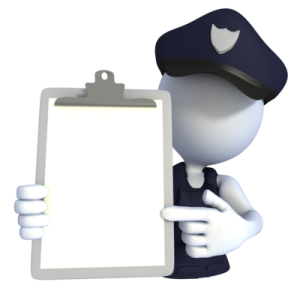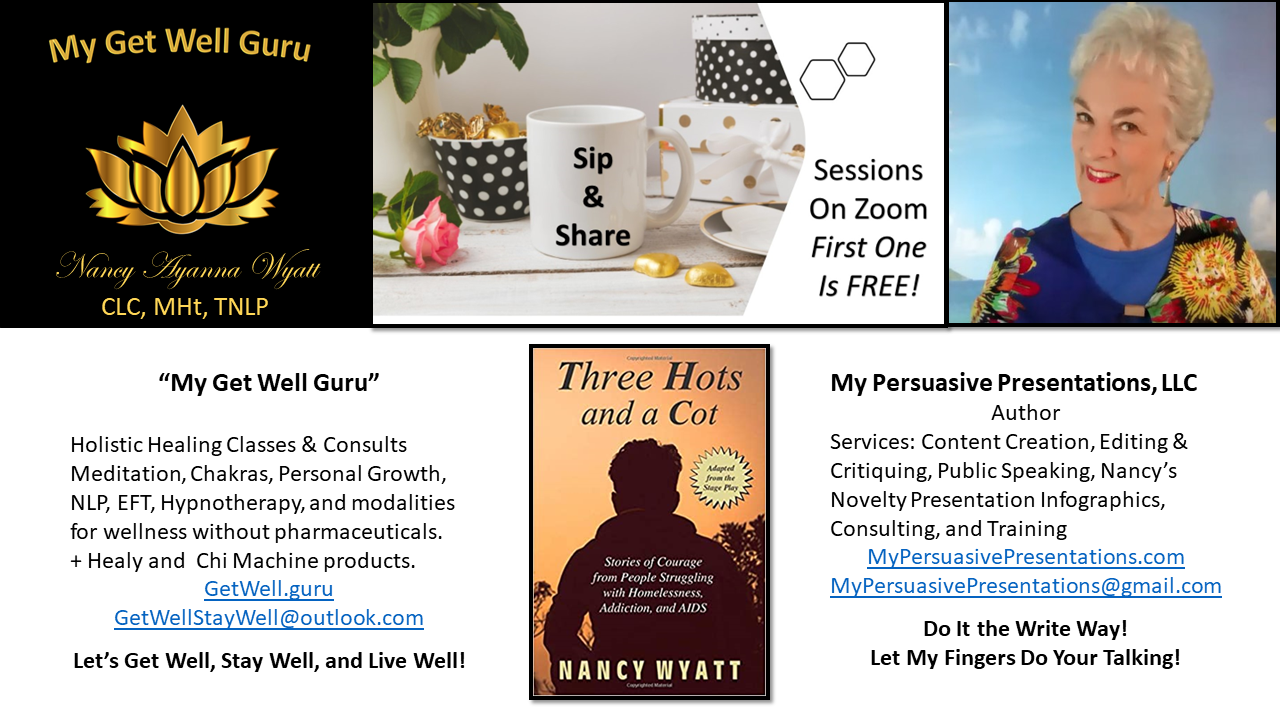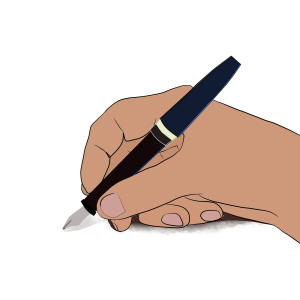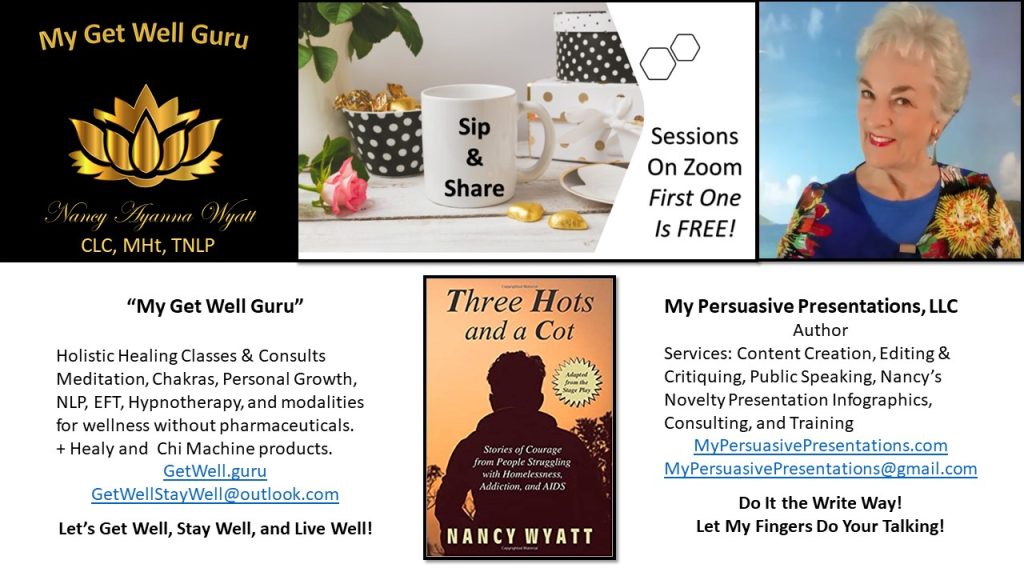
Copy Editing Is Not Just Proofreading or Correcting Spelling and Grammar
I bet most of you didn’t know there are several different forms and levels of content or copy editing, some of which require different skills from others. Hint – proofreading is not the same as copy editing.
Why should you learn this?
Here are a few reasons.
- You might wish to hire an editor, but all you can afford is a reviewer, and you don’t know the difference.
- You might want “a pair of fresh eyes” to review a project on which you’ve been working SO HARD that you no longer can see errors in logic, construction, spelling, grammar, or word usage.
- You might have composed a document that is critical to your success, and it must be perfect.
- You might wish to become a professional editor.
Books, Plays, Business Documents, & Miscellaneous
Note: my comments relate to business documents, as well as to manuscripts for the performing and literary arts. So a “plot” might refer to a play. The corresponding words “goal,” “theme,” or “purpose” might be more applicable to a written proposal or training manual.
Reviewing or Critiquing a Manuscript
![]() In this case, an editor reads your document or manuscript and prepares an overview or critique. You can request varying levels of analysis/price points, depending on the nature and length of your project.
In this case, an editor reads your document or manuscript and prepares an overview or critique. You can request varying levels of analysis/price points, depending on the nature and length of your project.
The most basic form produces a short conversation and a paragraph or two that summarize the findings. A more advanced deliverable is an in-depth, written analysis with recommendations. It is known as an “Editor’s Memo.”
What Does A Review/Critique/Editor’s Memo Cover?
An Editor’s Memo gives focused attention to the:
- plot or purpose of the document
- person or perspective of the primary voice used (such as the business owner or the narrator of a play), and
- the effectiveness of the writing style.
For example:
The reviewer might give you:
- a general impression or first thoughts about your document
- pros and cons of the content
- strengths and weaknesses of your argument, your writing, or your content
- suggestions for improvement.
It is wise to have a review before you complete a draft that you submit to a copyeditor for any kind of editing.
Editing ~ Definitions
Line Editing
 A line edit does not address sentence-by-sentence spelling and grammar issues, contrary to what the name implies. Instead, it addresses the creative content and use of language and style in sentences and paragraphs.
A line edit does not address sentence-by-sentence spelling and grammar issues, contrary to what the name implies. Instead, it addresses the creative content and use of language and style in sentences and paragraphs.
It asks the following kinds of questions:
- Is the meaning of your language clear?
- Do the language and concepts flow easily into each new paragraph or chapter?
- Is your style “choppy?” “Fluid?” Consistently formal or informal?
- Do you use too many “voices” as if the words were written in different times and places or by different people?
- Did you use language that is easy for your intended audience to understand?
- What tone and ambiance do your words convey?
- Are you concise?
- Do you use clichés?
- Is the style you are using authentic as relates to any characters you are portraying?
For example:
The use of colloquialisms is appropriate for dialogue in a play; it is inappropriate in a business proposal. Also, make sure the dialect and dialogue you are using match how your book or play’s characters actually would think and speak, based on each character’s age, regional background, life experience, etc.
![]() ALWAYS conduct line editing before copy editing! You need to ensure your basic concepts are viable before you spend time or money refining the words you use to execute those concepts.
ALWAYS conduct line editing before copy editing! You need to ensure your basic concepts are viable before you spend time or money refining the words you use to execute those concepts.
Copy Editing
 Copy editing involves ‘using a mental magnifying glass’ to check for mistakes, inconsistencies, and repetition while correcting an author’s manuscript.
Copy editing involves ‘using a mental magnifying glass’ to check for mistakes, inconsistencies, and repetition while correcting an author’s manuscript.
The copy editor is not just a “spell-checker.” If you have created a document via word processing (versus hand-writing), you should use the spell check feature BEFORE you submit your manuscript to an editor.
If possible, also use a grammar checker, although I find they often do not account for context, so they are imperfect. However, by using one, you may have corrected most mistakes before you submit work to a copy editor, thereby saving everyone time and money.
Copy Editing Goal and Process
The goal of a copy edit is to have a “clean copy” of the manuscript. The copy editor gives scrupulous attention to technical details that need correcting and ensures the writing meets industry standards.
The copy editor scrutinizes the document for:
Errors in Grammar, Punctuation, Spelling, and Syntax
Consistency in Spelling, Capitalization, and Use of Fonts, Numerals, and Hyphenation
For example:
- Did you write the date as 12/18/18 in one place and as 12-18-18, or December 18, 2018, in another?
- Did you spell the same name differently on different pages (e.g., theatre and theater)?
- Did you double space in some places and single space in others?
- Are all your headings and subheadings consistent in style and size of the font, and is the formatting the same (center or left justification, etc.)?
Errors in Continuity
For example:
- Does your manuscript mention that the protagonist couple is getting married now, but you forgot to mention that one of them got divorced first?
- Do your characters stay true to your description of them throughout the story? Would a person, having the personality and attributes that you have given him or her, really do the things you now have them doing late in the story?
- If anything seems highly inconsistent, you must have a plausible, underlying motive for the character, or people will discount the story and you as being inauthentic.
False Assertions or Factually Incorrect Statements
Fact-checking is a hugely time-consuming but required task for non-fiction manuscripts, documentary topics, exposés, and memoirs.
It is a factor in choosing whether to hire someone else to do the work or to double-check the assertions and statements of fact in your document.
Potential Legal Liability
 If you’re mentioning real people and real events, it is important to know that your manuscript does not libel others and subject you to lawsuits.
If you’re mentioning real people and real events, it is important to know that your manuscript does not libel others and subject you to lawsuits.
You also must abide by text and image use copyright laws to avoid liability.
For example: do not use Google Images without ensuring that they are in the public domain or that you have met the copyright provisions, which may include paying for the use of an image (photo or illustration).
It’s a Lotta Work ~ Hint, Hint
As you can see, the copy editing process involves a lot more time and complexity than you had imagined. That’s why people hire a professional to do it and why they pay for such services.
What are some other kinds of editing?
Correlation Editing
 This is a super-detailed, technical verification function that is critical to scientific, historical, and other non-fiction works, but also relates to all projects that have references and citations. It involves checking related parts of the manuscript against each other.
This is a super-detailed, technical verification function that is critical to scientific, historical, and other non-fiction works, but also relates to all projects that have references and citations. It involves checking related parts of the manuscript against each other.
Correlation editing includes ensuring that cross-references, such as pages, tables of content, footnotes, references, indices, glossaries, tables, charts, maps, captions, endnotes, and subheads are correct. The correlation editor must validate all citations in the text with those in the references, plus all titles and authors with those in the table of contents.
 Editing a large manuscript with technical or historical content can be a daunting task. It requires utilizing someone who is excellent at work involving detail and the ability to spot variations or aberrations.
Editing a large manuscript with technical or historical content can be a daunting task. It requires utilizing someone who is excellent at work involving detail and the ability to spot variations or aberrations.
Layout Preparation Editing
This kind of editing prepares the document for a designer’s work which needs to be done before printing. It involves marking or coding the manuscript to designate which parts of the text are heads, tables, and footnote references.
Proofreading
From a professional publishing standpoint, proofreading is correcting a print-ready document from the publisher. The professional proofreader corrects a final copy of the manuscript (also called a “proof”) before multiple copies are made for distribution and sale.
The proofreader’s job is to check for quality before the book goes into mass production.
Note
To the layman, “proofreading” is the term used for checking an author’s spelling, grammar, word usage, and other points as a draft is being finalized for submission to an employer, agent, or publisher. The proofreader may not even make corrections, but might simply mark the errors.
Technical Editing
This involves correcting misspellings, grammar, misused words, figures that are inaccurate in charts and tables, incorrect dates, and omitted or repeated words.
Style Editing
Style editors attempt to make a manuscript comport with a consistent style of writing. There is no “right or wrong,” but consistency is the goal.
You can find guidelines in manuals, such as those published by the Associated Press. Click Here for the link to an AP Style Manual. This manual is updated each Spring and includes standardizing words in heads, titles in bibliographies, use of single or double quote marks, serial commas, numbers, acronyms, compound words, extracts, italics, note numbers, documentation style, references style, and illustrations.
Another frequently used source is The Chicago Manual of Style. It also produces a Quick Study guide. 

Content / Substantive Editing
“Content” and “Substantive” are interchangeable terms in the context of editing. They involve improving logic and clarity and addressing larger problems of structure and organization.
For example:
This is how it is described in an excellent article by Natasa at https://nybookeditors.com/2015/01/copyediting-vs-line-editing/. I suggest you read her blogs about this and other topics related to writing and editing.
“…e.g.: making parallel ideas appear in parallel forms, straightening out logic and connections, noting awkward phrasing that could be improved, adding transitions to improve the flow of argument, deleting irrelevant material or putting it in the footnotes, moving incorrectly placed paragraphs, deleting repeated paragraphs, providing subheads, cutting excessively long footnotes, lengthening or shortening titles for clarity, suggesting areas for additional citation or research, suggesting additional illustrations, as well as noting the absence of a real introduction or conclusion, where a title does not match content, where the argument is tangled or absent, where the argument could be made stronger with additional proofs, and where citations appear without sources.”
Nancy Wyatt, My Persuasive Presentations, LLC
 I write in many “voices,” depending on the kind of project it is. I do business, personal, technical, and performing arts pieces. See the REAL My Persuasive Presentations, LLC Home Page for a list of varied offerings.
I write in many “voices,” depending on the kind of project it is. I do business, personal, technical, and performing arts pieces. See the REAL My Persuasive Presentations, LLC Home Page for a list of varied offerings.
Fees by the Hour or by the Project
My fees vary, depending on whether you choose reviewing, editing, or writing, or services. The cost also depends on whether
- travel is required
- a lot or very little research is involved
- the work can be done and transmitted online for the most part.
Let’s Talk In a FREE Sip & Share Session
I hope this has been helpful to you. Feel free to take advantage of my free initial consultation to see how best I can meet your needs. Email GetWellStayWell@Outlook.com and put “Request Sip & Share Session for Editing” in the subject line. After we coordinate schedules, I’ll send you a Zoom link, and we can chat for up to 30 minutes to figure out if we’re a good match for your project. (I won’t “hard sell” you! We’re just going to chat.)
Do It The Write Way! Let My Fingers Do Your Talking!






